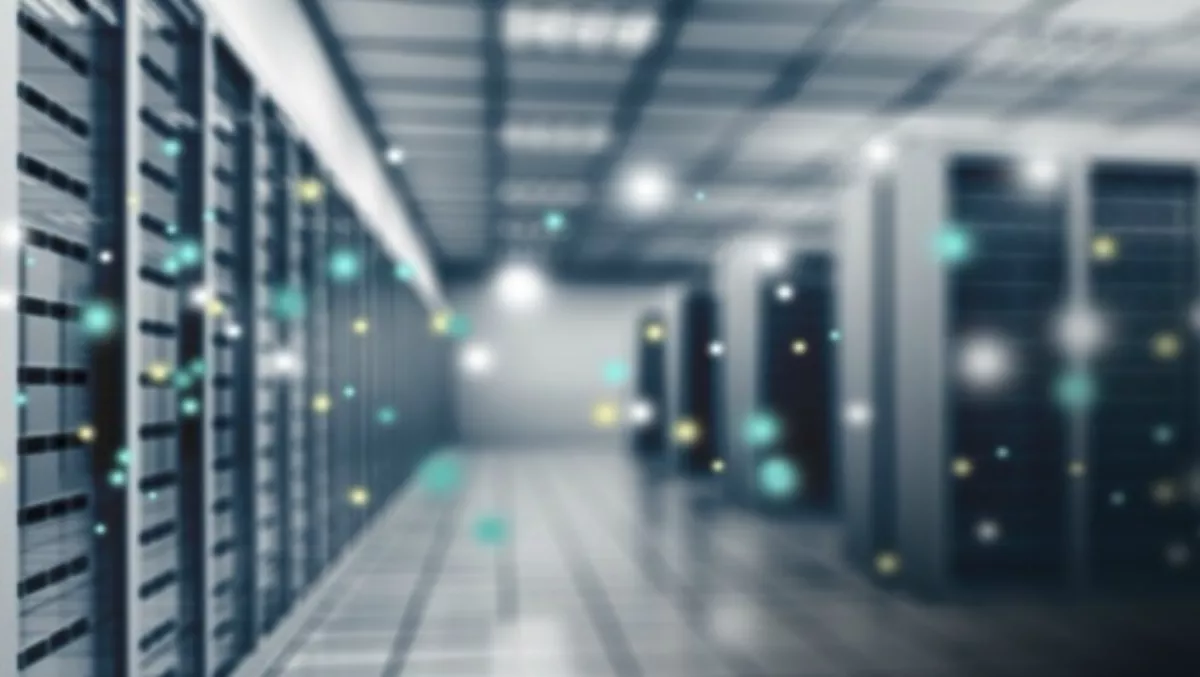
Data centres in 2016: Emerson's top five trends
The cloud is getting complicated, architecture is trumping technology and data centers are finding a common language – oh, and the neighbourhood data center is moving in.
Those are among the data trends Emerson Network Power says resellers and data center operators need to watch for in 2016.
Anand Sanghi, Emerson Network Power Asia president, says data center technologies are emerging and evolving at an 'astounding' pace, with customers investing in upgrading their legacy infrastruture while driving innovation to deliver more value-added services.
"Bimodal IT, software-defined networking and the internet of things are impacting traditional system architectures and we are seeing changes at both the core/cloud as well as the edge of the network," Sanghi says.
He says Emerson has also seen rapid adoption of modular and containerised data center solutions by telecom operators seeking agility, and growing demand from hyperscale and co-location customers for high-efficiency power and cooling infrastructure and data center infrastructure management to optimise performance.
So what are the big five trends shaping the data center landscape in 2016 and beyond, according to Emerson?
Cloud gets complicated Most organisations are now using cloud computing to some degree.
Emerson says the evolution from SaaS to true hybrid environments, in which cloud services are used to bring greater agility to legacy facilities, continues to advance as more organisations move to a bimodal architecture.
But rather than stabilising, Emerson believes cloud could get more complex.
The company cites server utilisation research by Stanford's Jonathan Koomey and Anthesis Group's Jon Taylor, which found that enterprise data center servers still only deliver, on average, between 5% and 15% of their maximum computing output over the course of a year.
"In addition, 30% of physical servers are 'comatose', meaning they have not delivered computing services in six months or more," Emerson says.
It says the push to identify and remove comatose servers will continue to build momentum and is an essential step in managing energy consumption; however, the potential for unused data center capacity to become part of a shared-service, distributed cloud computing model will also be explored, enabling enterprise data centers to sell their excess capacity on the open market.
Architecture trumps technology Data Center operators are focusing less on technology and more on the architectures in which those technologies are deployed.
Peter Panfil, Emerson Network Power vice president of global power, says the vendor is seeing more customers who in the past would have defaulted to a traditional Tier 3 or Tier 4 power architecture, asking for help in defining the right architecture for their environment.
"They have confidence in the technology – that's become a given. What they are looking for is a system architecture – increasingly a non-standard architecture – that is tailored to their requirements for flexibility, availability and efficiency," Panfil says.
"They value expertise and experience more than technology," he adds.
Data Centers find a common language The IoT will not only impact future data center architectures by increasing the volume of data that must be processed, it will also change data center management – and the latter sooner than the former, Emerson says.
Today's data centers include thousands of devices that speak a host of languages, including IPMI, SNMP and Mod Bus creating gaps between systems that limit efforts to manage holistically.
Emerson claims that limit will cease to exist as Redfish, an open systems specification for data center and systems management developed by Emerson Network Power, Intel, Dell and HP, gains traction.
Emerson says Redfish will create interconnectivity across data center systems, enabling new levels of visibility, control and automation and its adoption will also help establish best practices for effective use of IoT in other applications.
Social responsibility makes its presence felt While financial efficiency has been a focus for a number of years, there's now an increasing awareness of data center energy use, and some businesses are shifting their focus from efficiency to sustainability and viewing their data centers through a social responsibility lens.
Data Center operations, including carbon footprint, alternative energy use and equipment disposal, are being included in corporate responsibility statements, creating greater pressure to make advances in these areas.
Emerson says the impact won't be limited to on-premise technology decisions.
"To be meaningful, reporting must include the full data center ecosystem, including colocation and cloud providers. As this practice grows, sustainability will rise to the level of availability and security as must-have attributes of a high performing data center.
The neighbourhood data center moves in Emerson says the centralised data center model is under pressure from the growth in digital contetn consumption and data collection.
It says while large data centers will continue to provide the majority of computing, they will increasingly be supported by edge facilities, or neighbourhood data centers, providing low-latency content and applications to users or data processing and logic for IoT networks.
As these micro data centers proliferate on corporate campuses and in high-density residential areas, their success will depend on the use of standardised, intelligent systems that can be remotely managed.


